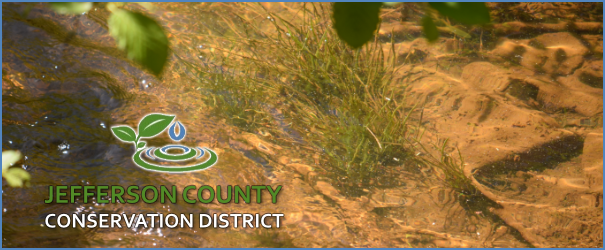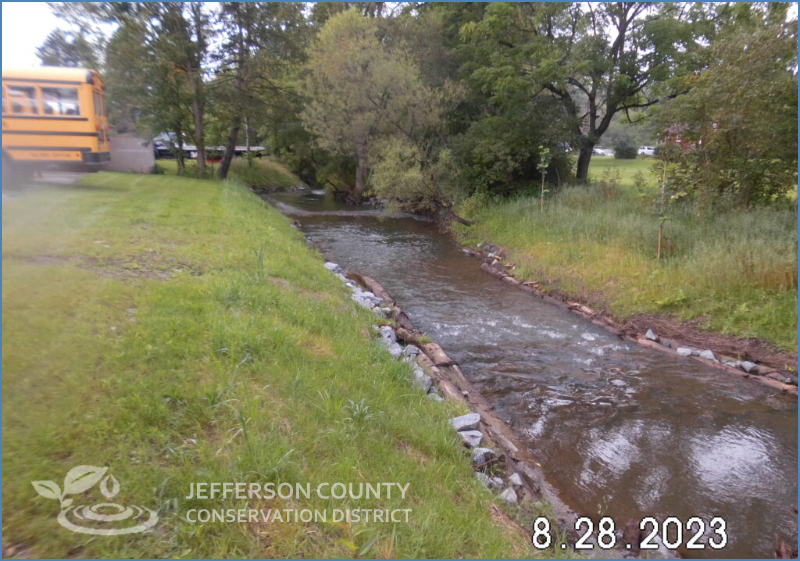One of the responsibilities of a Conservation District is to protect streams, rivers and groundwater. Why is Groundwater important?

It is estimated that groundwater in Pennsylvania is twice as abundant as the amount of water that flows annually in streams. There are more than one billion gallons of groundwater pumped from aquifers in PA each day. Of that, more than half is used for the domestic water supply. Groundwater also accounts for the majority of the water used in mining, industry, and agricultural activities. If you get water from a well located on your property, you rely on groundwater. Human activities, including waste disposal, mining, agriculture, and urbanization can negatively affect groundwater quality and quantity.
One of the nation’s leading causes of water quality degradation is Nonpoint Source Pollution. Nonpoint Source (NPS) Pollution, unlike pollution from industrial and sewage treatment plants, comes from many different sources. NPS pollution is caused by rainfall or snowmelt moving over and through the ground. As the runoff moves, it picks up and carries away natural and human-made pollutants, finally depositing them into lakes, rivers, wetlands, coastal waters, and even our underground sources of drinking water.
Residential homes also contribute to NPS. Although, each home alone may only contribute a minor amount of pollution, the combination of homes in an entire neighborhood can contribute serious amounts of pollution. Water runoff in the backyard often starts with your roof top. The water on your roof top usually collects in your gutters and gushes out the drain pipe and across the lawn or across your sidewalk and driveway. This water carries a lot of contaminates that makes its way into our closest waterways.
Contaminates may include:
- Excess fertilizers, herbicides, and insecticides from agricultural lands and residential areas
- Oil, grease, and toxic chemicals from urban runoff and energy production
- Sediment from improperly managed construction sites, crop and forest lands and eroding streambanks
- Salt from irrigation practices and acid drainage from abandoned mines
- Bacteria and nutrients from livestock, pet wastes, and faulty septic systems

The North Fork Redbank Creek Fish Habitat Improvement Project in Brookville Borough

The Rattlesnake Creek Fish Habitat Improvement Project in Snyder Township